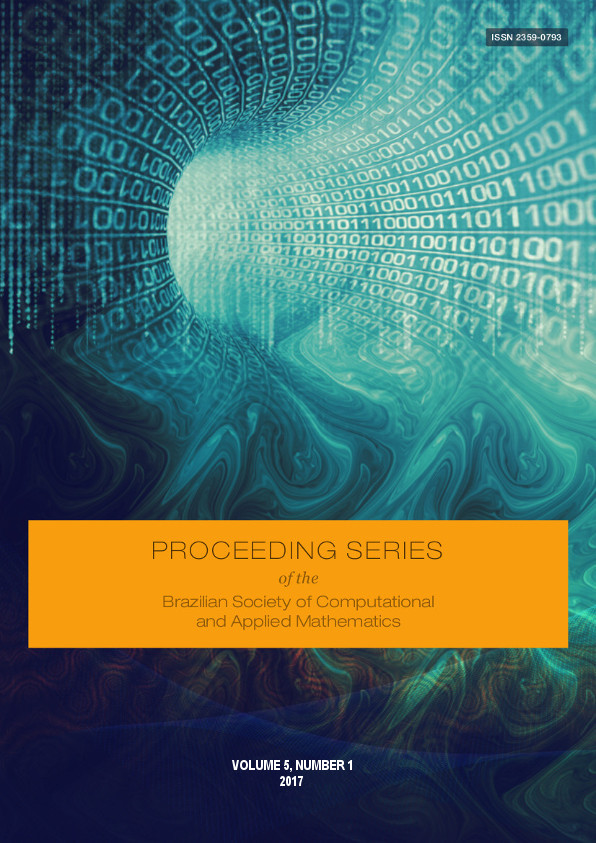Reduction of Reacting Flow Models by the Reaction-Diffusion Manifolds Method for Methane/Air Turbulent Jet Diffusion Flames
DOI:
https://doi.org/10.5540/03.2017.005.01.0169Keywords:
Methane, Flames, Turbulence, REDIM.Abstract
Combustion processes are usually described using detailed chemical kinetic mechanisms. Sometimes, in the modeling of the complex burner systems is necessary to use chemical reduction techniques to decrease the stiffness of the system of differential equations. The principal difference among the existing reduction methods appears in the tactics to distinguish between slow and fast processes. In the present work the Reaction-Diffusion Manifolds method is applied to the methane/air reaction mechanism, in order to reduce the chemical kinetic model, depending on transport properties. The approach allows incorpora ting the effect of the coupling of reaction and diffusion processes. The methodology applied, based on slow manifolds of low dimension, allows decreasing the computational time needed to obtain results for confined turbulent jet diffusion flame. The Large-Eddy Simulation is required to represent the turbulent flow. The numerical results compare favorably with the experimental data available in the literature.

